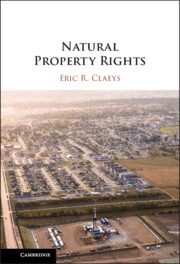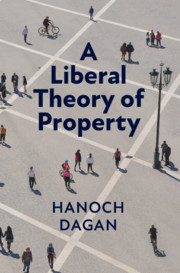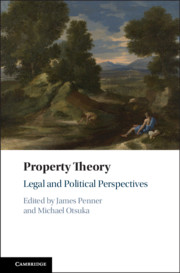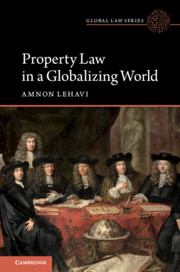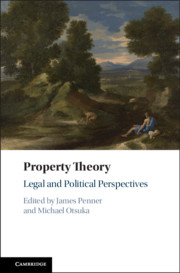Natural Property Rights
Natural Property Rights presents a novel theory of property based on individual, pre-political rights. The book argues that a just system of property protects people's rights to use resources and also orders those rights consistent with natural law and the public welfare. Drawing on influential property theorists such as Grotius, Locke, Blackstone, and early American statesmen and judges, as well as recent work in in normative and analytical philosophy, the book shows how natural rights guide political and legal reasoning about property law. It examines how natural rights justify the most familiar institutions in property, including public property, ownership, the system of estates and future interests, leases, servitudes, mortgages, police regulation, and eminent domain. Thought-provoking and comprehensive, the book challenges leading contemporary justifications for property and shows how property both secures individual freedom and serves the common good.
- Justifies and rehabilitates a theory of property associated with labor, natural law, natural rights, Grotius, Locke, Blackstone, Madison, and Kent
- Outlines justifications for property that have influenced English and American society for centuries
- Familiarizes legal scholars, lawyers, and law students with how moral rights guide legal reasoning
Product details
April 2025Hardback
9781108844499
320 pages
229 × 152 mm
Not yet published - available from April 2025
Table of Contents
- Acknowledgments
- Table of Legislative Materials
- Table of Cases
- Table of Multiple Edition Works
- Part I. Foundations:
- 1. Introduction
- 2. Natural law and rights
- 3. Practical reason
- Part II. The Natural Right to Property:
- 4. Property's subject matter and interest
- 5. Property's element and scope
- 6. Property's conceptual structure
- 7. Property, natural law, and Nozick
- Part III. Property Law:
- 8. Justifying ownership
- 9. Limiting ownership
- 10. Designing property rights
- 11. Subdividing ownership rights
- Part IV. Property in Common Law and Public Law:
- 12. Common law, duties, and harms
- 13. Police regulation
- 14. Eminent Domain
- 15. Conclusion
- Index.

